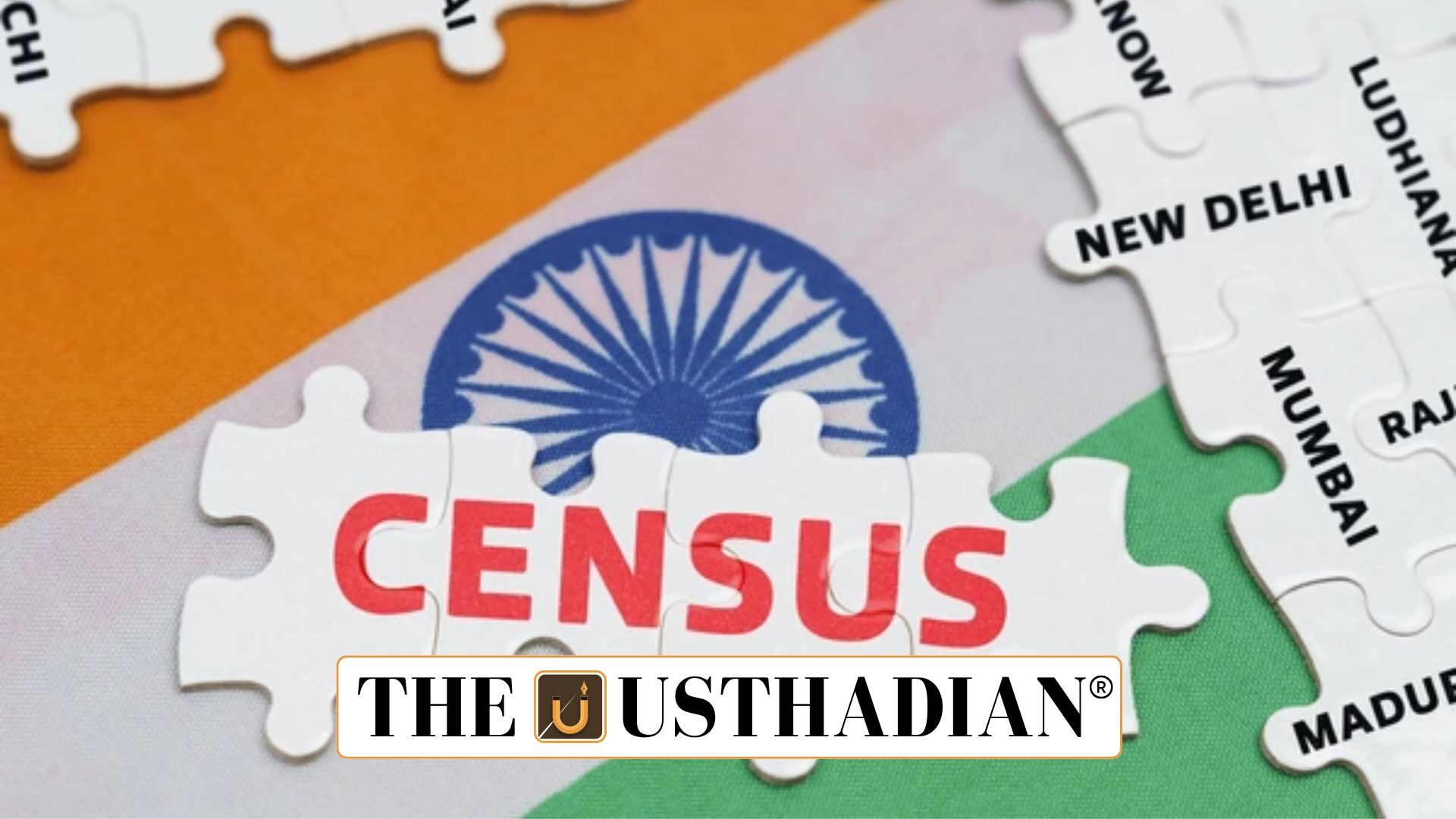What is the Economic Census
India’s Economic Census and Its Evolving Role in Data Integration: The Economic Census is a nationwide survey that records all entrepreneurial units engaged in any form of economic activity. It covers both organized and unorganized sectors.
It is conducted by the Ministry of Statistics and Programme Implementation (MoSPI). The aim is to assess the state of the country’s economic activities at a specific point in time.
Background and Timeline
The first Economic Census was conducted in 1977. Since then, it has been conducted seven times—in 1980, 1990, 1998, 2005, 2013, and 2019.
The 8th Economic Census is the upcoming edition. Its preliminary work is being aligned with the 16th Population Census for the first time.
Static GK fact: MoSPI is responsible for maintaining India’s National Statistical System, and it plays a critical role in coordinating with state and union territory governments for various census operations.
Key Features and Scope
The Economic Census collects disaggregated data about ownership type, employment, and the geographical distribution of economic activities.
It provides crucial insights into the informal sector, which forms a large part of the Indian economy.
Static GK Tip: The informal sector in India accounts for nearly 90% of total employment, making its documentation vital for policymaking.
Integration with Population Census
In a recent development, MoSPI urged states and UTs to integrate the preliminary groundwork of the 8th Economic Census with the 16th Population Census.
This collaboration aims to avoid duplication, reduce costs, and enhance data accuracy.
Static GK fact: The Population Census in India is conducted every 10 years under the Census Act, 1948, by the Office of the Registrar General and Census Commissioner.
Role of Technology and CSC
The 7th Economic Census in 2019 used IT-based platforms and was conducted in partnership with CSC e-Governance Services India Ltd, under the Ministry of Electronics and IT.
The same technological tools are expected to be used again, ensuring real-time data collection and verification.
Importance in Policy and Planning
The Economic Census data is used to frame policies for employment generation, MSME development, and urban planning.
It also helps identify underdeveloped regions, enabling the government to provide targeted economic interventions.
Static Usthadian Current Affairs Table
India’s Economic Census and Its Evolving Role in Data Integration:
| Topic | Detail |
| Conducting Body | Ministry of Statistics and Programme Implementation (MoSPI) |
| First Economic Census | 1977 |
| Most Recent Economic Census | 2019 (7th edition) |
| Upcoming Edition | 8th Economic Census |
| Integration Effort | With 16th Population Census |
| Informal Sector Coverage | Around 90% of India’s workforce |
| Data Collected | Ownership, employment, location details |
| Technology Partner | CSC e-Governance Services India Ltd |
| Population Census Frequency | Every 10 years |
| Legal Basis of Population Census | Census Act, 1948 |








